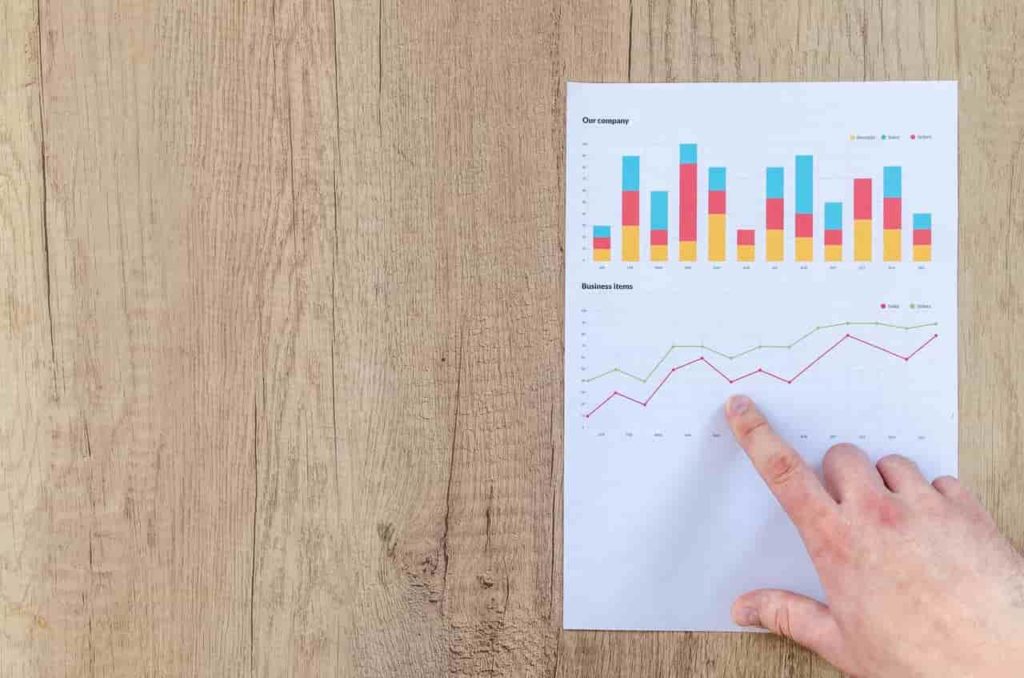What is Customer Segmentation?
As a business owner or marketer, you should have a strong understanding on how to improve your digital marketing campaigns ROI with customer segmentation
The process of market segmentation can help businesses to target those that are most likely to become highly satisfied customers and maximize the Customer Lifetime Value (CLTV) with customisation and personalisation marketing approach.
The target audience can easily reach out in a better way and eventually result in more purchases of their products or services.
When businesses try to target their potential customers with a broad marketing strategy, a lot of advertising dollars will be wasted as the marketing message will reach a lot of them who have no interest.
How To Improve Your Digital Marketing Campaigns ROI With Customer Segmentation
To segment your target audience in a cost-effective method, you must determine the business objective first by answering the following questions, “What do you wish to accomplish” and “how the campaign helps to meet your business objective”.
I suggest you can segment by the user journey with the data from your Google Analytic Behavior Flow Report to understand the interaction your target audience takes on your website. This is where you can understand the unique traits associated with your audience.
An example of segmentation.
Let’s say you are working as a marketer in Toastbox to sell drip coffee sets online and you want more working mums aged 28 – 35 to discover your product through paid Facebook & Instagram ads.
However, the ecommerce data generated shows that only 25% of working mum purchased your drip coffee set, instead of the sales forecast of 55%.
Based on the ecommerce data, your boss makes the assumption that the fundamental reason for not achieving the sales forecast is due to the marketing message not being relatable and hence not able to catch the attention of the target audience.
So, you decided to redesign the marketing process by segmenting the target audience according to the buyer personas to understand more about them.
Once you have gathered the right information, you can create a blog category that focuses on working mums, and a highly-targeted Facebook & Instagram paid advertisement campaign to take advantage of the opportunities.

Source: Photo by Lukas from Pexels
What Are the Benefits of Customer Segmentation for Digital Marketing?
The main benefit of customer segmentation is the ability to personalize and customize your marketing campaigns to increase the return on investments (ROI) for your marketing activities.
Numerous studies conducted in the past have proven the fact that running personalized marketing campaigns is much more effective when compared to generic marketing campaigns that target all your customers.
There will be increased customer satisfaction as it allows businesses to offer better after-sales service support or any offerings that improve the overall experience and eventually create competitive advantage over competitors in the industry.
Benefits of Customer Segmentation in Social Media Advertising
When you are browsing through social media networks, you will get attracted to posts that fulfill your needs and wants.
You will simply skip the other posts that you come across. Your customers will do the same as well. If you segment your customers and send them targeted messages, you can easily grab their attention with relevant posts. This is one of the most prominent benefits of customer segmentation in social media marketing.
Benefits of Customer Segmentation in Content Marketing
People who browse Facebook or Instagram will often read content of the topics that they are interested in or address a problem that they are facing.
Once you segment your customer base, you will be able to upload and create more relevant content that can catch the attention of your target audience, and convert those readers into customers.
Now the key focus will be implementing a new improved content strategy with a new tailored message and vision for each of the target audience to build powerful brand connections and increase the shareability metric of content.
This process will take time to execute effectively, all of your hard work will pay off soon.
The “Who” “Why” “Where” & “How” Customer Segmentation Models
When it comes to customer segmentation, you will have four different models to follow. These segmentation models are based upon demographics, psychographics, geographic, and behavioral traits of the customers.
You will need to have a good understanding of these models to improve your digital marketing campaigns ROI with customer segmentation. Let’s quickly explore that in detail.
Demographic Customer Segmentation: The “who”
The first thing you should consider when segmenting the customers would be demographics, this is the most powerful customer segmentation method
You can segment them based on their gender, age, religion, education level, income level, ethnicity, and the job titles.
For example, assume that your business is selling luxury products. Then you will be able to use this model and understand the income level of people within the audience.
Based on that, you can exclude all the people who are not in a position to afford what you offer when launching your paid ads campaign.
Psychographic Customer Segmentation: The Why
This market segmentation model is based upon the psychographics of the customers, it is harder to identify as compared to demographics.
You will be focusing on the interests and personalities of your target audience, there are five segmentation variables business can leverage – the personality, social status, attitudes and lifestyle of the target audience.
Businesses can leverage this to develop products or services according to the customers’ personalities which can help in boosting sales.
For example, If you are marketing a luxury resort, you need to make sure that you are targeting the high-income group who prefer to go on luxury holidays as a hobby and not the middle-class of people.

Source: Photo by Lukas from Pexels
Geographic Customer Segmentation: The Where
This is another effective customer model available for you to segment your customers. That’s because you can segment them based on their physical location.
You can segment based on the country, city, state, and even on the postal code.
This can benefit when your business is offering products only to a local audience. Then you can stop wasting money on promoting the products to people who cannot buy it.
A good example of geographic segmentation is when a company markets their hotpot soup base products in areas that are cold all year round, as consumers there are likely to consume hotpot often.
Behavioral Customer Segmentation: The How
In the final model of customer segmentation, you will be analyzing the behaviors of your customers. This is an effective marketing model for the people who manage e-commerce stores.
That’s because you can segment the customers based on purchasing habits, spending habits, loyalty and interactions with the brand, browsing habits, and the previous product ratings that they have left.
Imagine your marketing manager identified that the customers ages of 30 to 39 years old are the most attractive market segment in your women’s clothing store.
You can go further by segmenting them based on their interests and preferences, such as “interested in romper” vs “interested in long maxi dress,” or “one-time shopper” to increase checkout conversion rate
Conclusion – How To Improve Your Digital Marketing Campaigns ROI With Customer Segmentation
Every business and every marketer out there should pay special attention to market segmentation. It is one of the most important factors that can contribute towards the overall success of your digital marketing campaigns.
Take a look at the tips that I had shared and proceed with improve your digital marketing campaigns ROI with customer segmentation.

